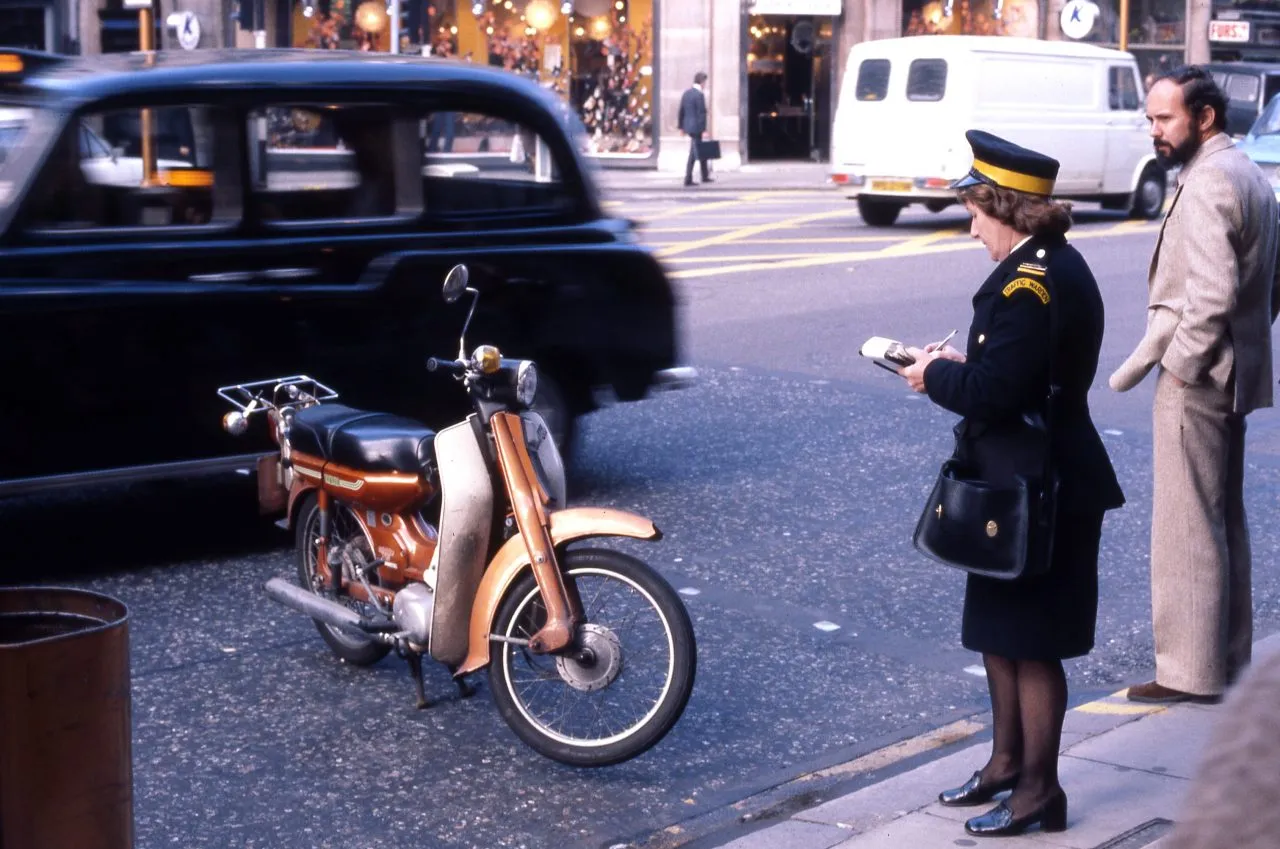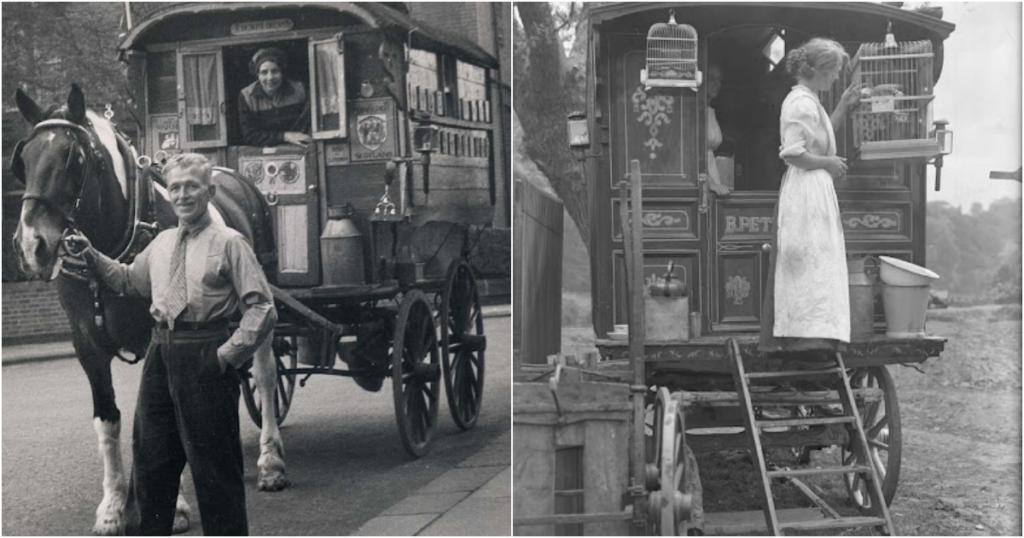CONTENU PROMU
In 1900, automobiles weren’t much more impressive than the horse-drawn carriages they were meant to replace. Internal combustion engines offered about 12 horsepower, but they were also loud, dirty, and unreliable. In a public effort to dispel that image—or at least the unreliable part—the Automobile Club of Great Britain and Ireland organized the 1,000 Mile Race of 1900.
London to Edinburgh and back again, 1000 miles in only 20 days, to show just what the motor car could do. The Thousand Mile Trial was a resounding success. More than half of the participants finished and, despite the insistence of some drivers on taking liqueurs with lunch, the only casualties were an unfortunate dog and an ‘unmanageable’ horse.
Between April 23 and May 12, 65 cars raced throughout the UK, pausing during the marathon for four hill climbs and one speed trial. According to a contemporary account of the race in the Brisbane Courrier, the goal was to prove the car was “a serious and trustworthy means of locomotion; not a toy dangerous and troublesome alike to the public and its owner.”
It was an ambitious route. The contestants started in London, crossing through Bristol, Birmingham, and Manchester on the way north to Edinburgh. They hit Newcastle, Sheffield, and Nottingham on the trip back to London, covering roughly 100 miles each day, according to Grace’s Guide, a non-profit project that documents British industrial history.
By all accounts, the race was a success. The Courrier reported that 46 of the cars that started the race made it back to London. Grace’s Guide puts that number at 35, but even that is quite impressive, especially considering the only casualties were one dog and “one unmanageable horse,” which broke its leg in a collision with a car and had to be destroyed. The race was won by Charles Stewart Rolls (as in Rolls-Royce), who drove a 12-horsepower Panhard that topped out at 37.63 mph.
















-1712390435-q80.webp)
